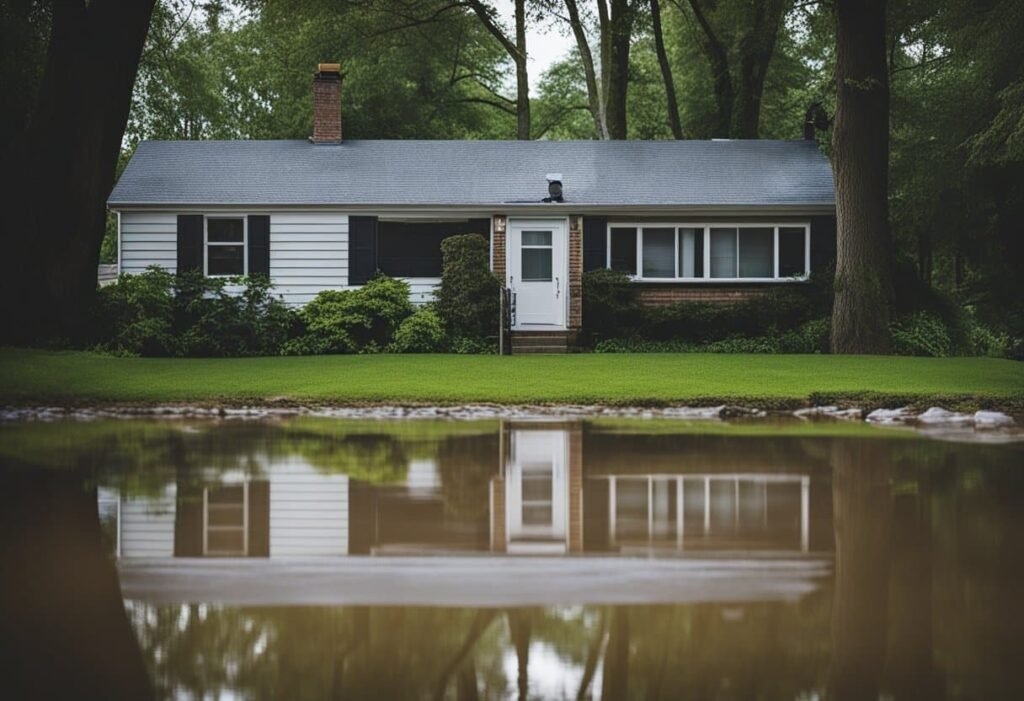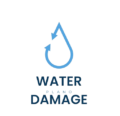Sewer backups , just the thought of it can make homeowners cringe. They wreak havoc on your home by creating huge water damage issues. A clear understanding of why sewer backups occur and how to prevent them is key to maintaining a safe and healthy household. At our water damage restoration Plano company we are to help
Common culprits of sewer backups are usually clogged drains, invasive tree roots, and damaged sewer pipes. Things like hair, soap residue, and grease can build up over time, leading to clogged drains. Tree roots have a knack for finding their way into sewer lines, causing blockages and even damage. Damaged sewer pipes can leak or break, causing sewage to back up into your home.
Acting swiftly at the first sign of a sewer backup is critical to prevent further damage and health risks. For minor backups, a wet/dry vacuum and some disinfectants might do the trick. However, larger sewer backups often call for professional expertise. Taking preventative measures like regular maintenance and avoiding flushing non-degradable items down the toilet can go a long way in keeping sewer backups at bay and avoiding the restoration of your home.
Key Takeaways
- Understanding the common causes of sewer backups can help you prevent them from occurring in your home.
- Immediate response to sewer backups is crucial in preventing further damage and health risks.
- Regular maintenance and avoiding flushing non-degradable items down the toilet can help prevent sewer backups.

Understanding Sewer Systems
Think of your home as a tiny city with its sewer system that connects to the main sewer line. Each drain in your home has its pipeline that connects to the main line. This system carries wastewater away from your home to a treatment facility.
The sewer system consists of various components, like sewer lines, sewer pipes, the main sewer line, storm sewer, sewage pipe, and floor drain. These parts work in harmony to carry wastewater away from your home.
The sewer system relies on gravity to transport wastewater. When you flush the toilet or run water down the drain, the wastewater flows into the sewer pipes and is carried away. Sewer backups occur when something blocks this wastewater flow. The blockage can occur in sewer lines, sewer pipes, or the main sewer line. Common culprits include blockages, tree roots, broken pipes, and heavy rainfall.
the common causes of sewer backups and ways to fix them.
4 Common Causes of Sewer Backups
1. Tree Root Infiltration
Picture this: tree roots, like stealthy ninjas, infiltrating your sewer pipes. They wiggle their way into pipes through tiny cracks or joints, causing harm. If you’ve got trees hanging around your sewer line, it’s time to play detective and get them inspected. Regular check-ups can help you catch (and curb) any root-related damage early on.
2. Clogs and Blockages
We’ve all been there, tossing items like wipes, feminine hygiene products, or paper towels into the toilet. But here’s the thing, these items are party poopers (see what we did there?), causing serious blockages. And, pouring grease down the drain? That’s another no-no. Grease solidifies and creates, you guessed it, more clogs. So, let’s stick to the trash can for these items, shall we?
3. Aging and Collapsed Sewer Lines
Time spares no one, not even sewer lines. Those old clay pipes, once a popular choice, can now become brittle and crack, causing backups. Throw in a heavy downpour or a storm, and the sewer system can quickly become overwhelmed, leading to more backups.
4. Extreme Weather Conditions
If Mother Nature decides to go all out with rain or snow, your sewer system might just wave the white flag. This can lead to backups in your cozy home. So, make sure your home’s sewer system is always in best condition to brave those extreme weather conditions.
Now that you’re all clued up on the common causes of sewer backups, you’re ready to tackle them head-on. Prevention is key! Regular inspections of your sewer line, proper waste disposal, and a well-maintained sewer system can keep those backups at bay and ensure your home’s plumbing system runs like a well-oiled machine.
Immediate Response to Sewer Backups
If you’re experiencing a sewer backup, act quickly to minimize damage. Here are a few temporary solutions to try before calling a professional plumber.
Your home’s sewer system is a crucial part of your household. Proper maintenance and quick response to issues can save you from the headache of sewer backups. Stay informed, stay vigilant, and keep your home safe and healthy.
Quick Fixes and Temporary Solutions
Caught in a water damage crisis? Here’s a quick DIY rundown to halt any further damages:
- Shut off the water supply: This is your first step to stopping additional water from flooding the area.
- Unleash the plunger: Good old plunging might just dislodge a stubborn blockage and let the water flow freely again.
- Bring out the drain snake: This handy tool can break up and remove any clogs in the pipes.
- Deploy a wet/dry vacuum: This can help remove any standing water and debris.
Remember, these are quick fixes. They’re like a band-aid – helpful for now, but they won’t cure the underlying issue causing the backup. For that, you’ll need professional help.
Professional Assessment and Repair
To get to the root of the problem, you need a professional plumber. They’ll assess the situation and determine the best course of action.
Here are some common professional solutions for sewer backups:
- Hydro jetting: This is like power washing for your pipes, using high-pressure water to clear out any blockages.
- Sewer line repair or replacement: If the sewer line is damaged or broken, it may need some TLC or a complete replacement.
- Backflow prevention: Installing a backflow prevention device can help keep sewage from flowing back into your home.
When choosing a plumbing service, look for one that is reputable and experienced in sewer repair. A 24/7 service is a bonus – you never know when you might need help!
Preventative Measures and Maintenance
- Prevention is better than cure. Here are some preventative measures to keep your sewer system in top shape:
- Regular Drain Cleaning: It’s like a spa treatment for your drains. Hire a professional or use a drain cleaning solution (just make sure it’s safe for your pipes) and clean up sewer backup.
- Proper Disposal Practices: Be mindful of what you flush down your toilet. Things like wipes, feminine hygiene products, and other debris are a big no-no. And remember, grease and oil do not belong in your drains!
- Infrastructure Upgrades: Consider installing a backwater valve or sump pump. Replacing old pipes and sewer lines can also help.
Impact of Sewer Backups on your Home
Sewer backups can wreak havoc on your home and health. Here’s why:
- Water Damage and Restoration: Raw sewage is a cocktail of harmful bacteria and viruses. It can contaminate your home, weaken your foundation, promote mold growth, and damage your electrical system. Restoring your home can be a daunting process, so it’s best to leave it to a professional water damage restoration company.
- Health Risks: Exposure to sewage can lead to illnesses like gastroenteritis, hepatitis A, and cholera. It can also cause skin irritation, respiratory problems, and eye infections. Make sure to wear protective gear if you come into contact with sewage.
Professional Services and Solutions
Choosing the right plumbing service is crucial. Look for a licensed and insured company with experience in sewer repair and water heater repair. They should also provide emergency services and be equipped with advanced repair techniques, like trenchless sewer repair.
Frequently Asked Questions
Q: What causes sewage backups in basements?
A: Clogged drain pipes, tree roots growing into the sewer line, heavy rainfall, and flushing non-degradable items down the toilet or pouring grease down the drain can cause sewage backups.
Q: How can I prevent multiple drains from backing up?
A: Avoid pouring grease or oil down the drain, use a plunger or a drain snake to remove blockages, and regularly clean and maintain your drain pipes.
Q: Can a homeowner clear a main sewer line clog?
A: Yes, with a sewer snake or a hydrojet. But be warned, it’s a challenging and potentially dangerous task. It’s best to call in a professional.
Q: What health risks are associated with sewage backups?
A: Illnesses like gastroenteritis, hepatitis A, and E. coli infections can occur. Exposure to sewage can also cause skin irritation, respiratory problems, and eye infections.
Q: What should I do when a sewage backup is suspected?
A: Turn off the water supply, avoid using any water sources in the house, and call a professional plumber immediately.
Q: How can sewer backflow be remedied?
A: By installing a backflow prevention device and regularly maintaining and testing it.
Resource related to “4 Causes of Sewer Backups”
- Reddit threads on basement floor drain intermittent problem .
